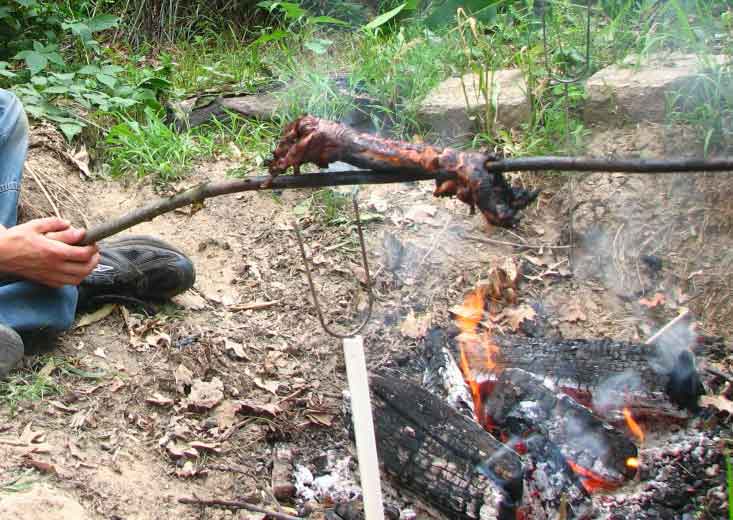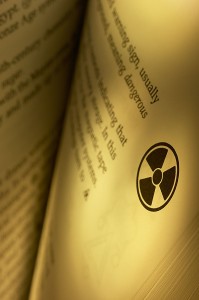by Guest Blogger OmegaMan
Many survival books discuss the topic of “Rabbit Starvation”. The purpose of these articles is to remind the survivalist to keep a mixture of fats and proteins in their survival diet….that is to not just rely on the lean meats and proteins of such lean animals rabbit as a sole food source.
In essence, the stress put on a person during a survival situation, along with a lack of diversified nutrients can cause acute malnutrition if one relies on lean proteins as a food source. Common symptoms which take about a week to appear are fatigue, headache and most concerning…diarrhea, low blood pressure and heart rate. This is caused by a build-up of urea and ammonia in the body as the kidneys struggle to digest large amounts of lean proteins.
There are stories of people gorging themselves on large quantities of lean meats alone that their stomachs will become distended.
Vilhjalmur Stefansson the Canadian arctic explorer wrote that the people eat till their stomachs are distended; but no matter how much they eat they feel unsatisfied. Some think a man will die sooner if he eats continually of fat-free meat than if he eats nothing, but this is a belief on which sufficient evidence for a decision has not been gathered in the North. Deaths from rabbit-starvation, or from the eating of other skinny meat, are rare; for everyone understands the principle, and any possible preventive steps are naturally taken.
Remember to eat the rabbits liver and brains to get some needed fat. The diarrhea may not go away until fats are added to the diet.
Remember, the real point is to get an intake of various essential nutrients and not just rely on pure protein from rabbits or any other lean meats. When possible, vary your diet with carbs, grains, proteins and important survival fats.
A little unknown fact is that in Air Force Survival recruits are taught to eat the undigested leaves from the rabbits stomach to also add to their dietary intakes. I am told it tastes like a bitter pesto.


 Ever heard of Psychiatrist Curt Richter? He studied the consequences of emotional stress when trying to survive. He noticed that when living things are subjected to great pressure, many will just give up and die. If the stress was psychological, then why did the subjects mind and body appear to collapse?
Ever heard of Psychiatrist Curt Richter? He studied the consequences of emotional stress when trying to survive. He noticed that when living things are subjected to great pressure, many will just give up and die. If the stress was psychological, then why did the subjects mind and body appear to collapse?


